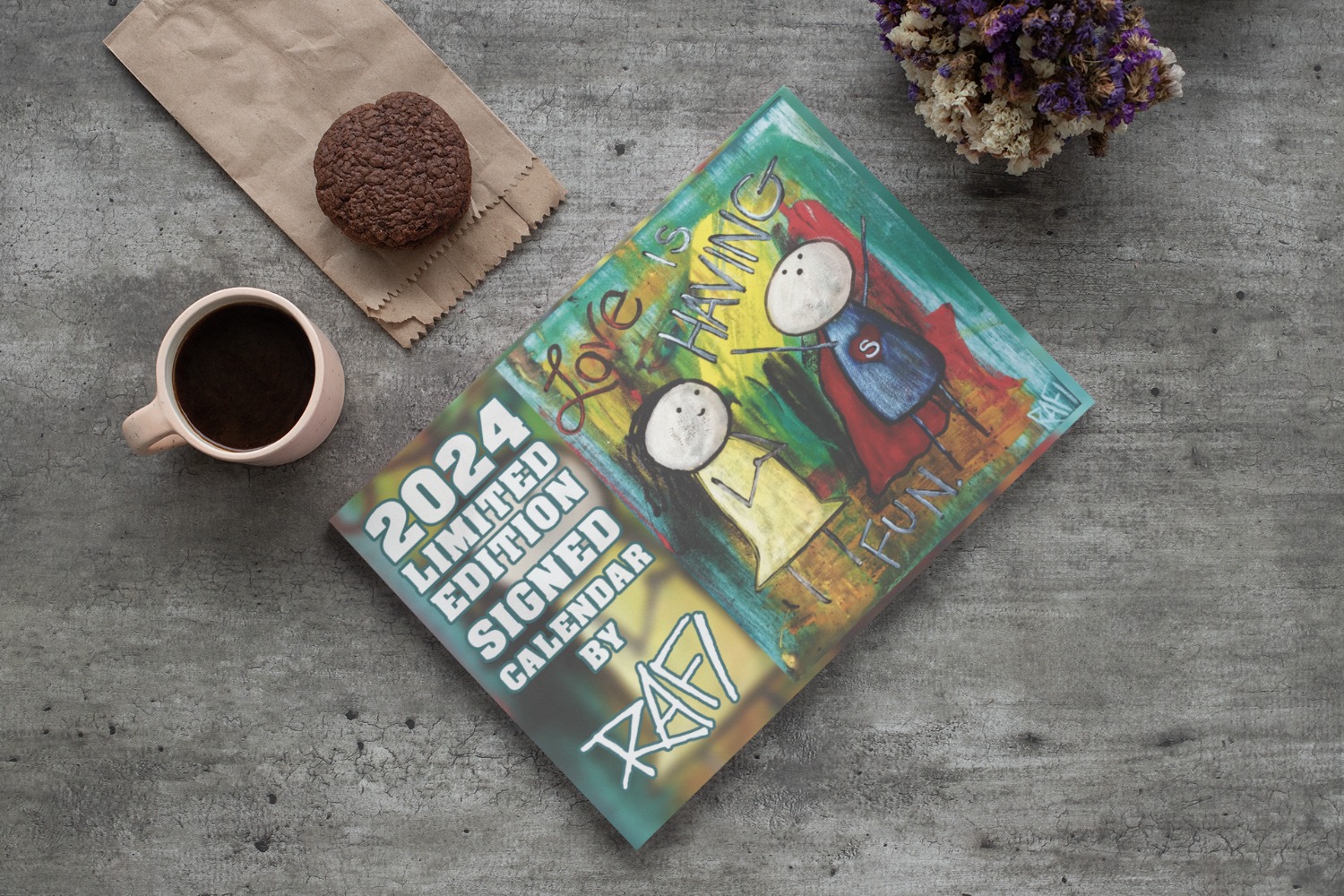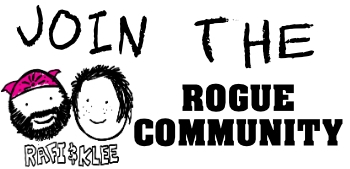
Hello, my lovely art enthusiasts and art calendar lovers! The moment we’ve all been waiting for has finally arrived – the release of my brand new 2024 Creative Inspiration Art Wall Calendar! I can hardly contain my excitement as I unveil this masterpiece that’s been a labor of love and creativity for me. This year, I’ve poured my heart and soul into designing a calendar that’s not just a date-keeper but an artistic journey of inspiration.
📅 Pre-order by December 1st for Exclusive Savings!
Let’s get right into the details and why you’re going to want to snag this calendar before it’s gone.
🖊️ Signed by Yours Truly! That’s right, each calendar in this limited edition is personally signed by me, Rafi Perez. I wanted to make this calendar extra special by putting my own signature on it.
📦 Ships by December 3rd You’ll have your calendar in hand just in time for the holidays, shipped out to you on December 3rd. It’ll be like a little early holiday present!
🎨 A Year of Creative Inspiration This calendar isn’t just about marking dates; it’s about celebrating life, love, and the boundless creativity that resides within us all. I’ve curated each month to remind you of the magic that can be found in the everyday.
🌈 Monthly Inspiration Every month is adorned with vibrant, thought-provoking artwork that is sure to bring a smile to your face. Get ready to be inspired each time you turn the page.
🎉 Celebrate Quirkiness In addition to the usual holidays, I’ve sprinkled in some delightful, unusual ones. From “Make Up Your Own Holiday Day” to “Talk Like Yoda Day,” this calendar is here to keep things fun and lighthearted.
📜 2024 Calendars by Rafi Perez: The Details
- Name: 2024 CREATIVE INSPIRATION Calendar
- Artist: Rafi Perez
- Paper Size: 11″ x 8.5″, staple binding, white interior paper (100# weight), full-color interior ink (279 x 216 mm)
- Style: Modern, Contemporary Art
Each calendar comes protected in a plastic sleeve to ensure it arrives at your doorstep in perfect condition.
I hope it fills your days with joy and inspiration throughout 2024.
🌟 Don’t miss out on the pre-order discount – make sure to secure your copy by December 1st. It’s a limited edition, and once it’s gone, it’s gone!
Thank you for being a part of this amazing journey with me. Your support means the world, and I can’t wait to see my art gracing your walls throughout the coming year.
Warm regards, Rafi Perez 🎨






















